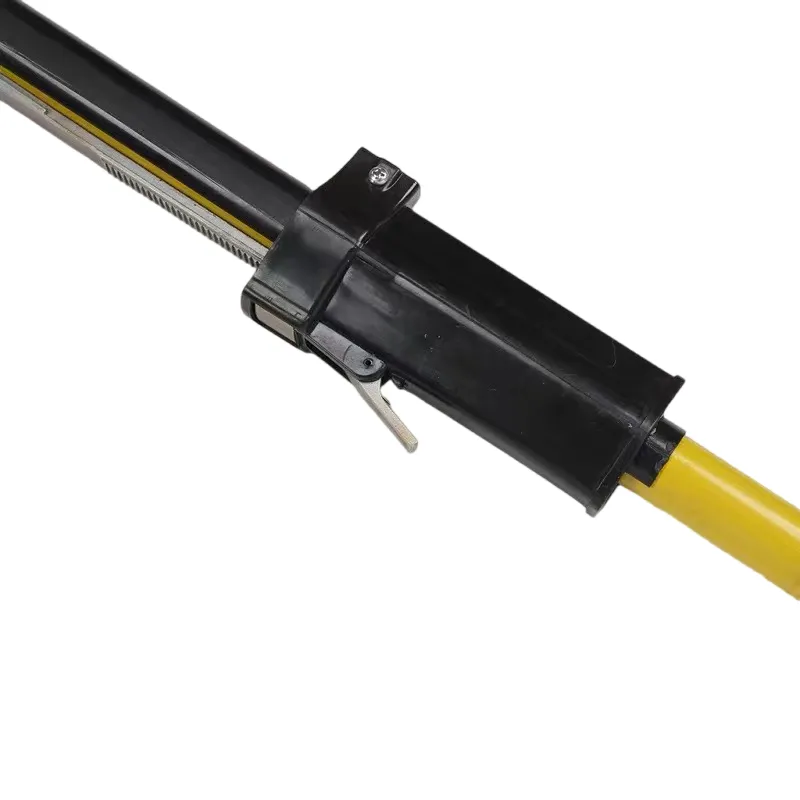
-
 Afrikaans
Afrikaans -
 Albanian
Albanian -
 Amharic
Amharic -
 Arabic
Arabic -
 Armenian
Armenian -
 Azerbaijani
Azerbaijani -
 Basque
Basque -
 Belarusian
Belarusian -
 Bengali
Bengali -
 Bosnian
Bosnian -
 Bulgarian
Bulgarian -
 Catalan
Catalan -
 Cebuano
Cebuano -
 Corsican
Corsican -
 Croatian
Croatian -
 Czech
Czech -
 Danish
Danish -
 Dutch
Dutch -
 English
English -
 Esperanto
Esperanto -
 Estonian
Estonian -
 Finnish
Finnish -
 French
French -
 Frisian
Frisian -
 Galician
Galician -
 Georgian
Georgian -
 German
German -
 Greek
Greek -
 Gujarati
Gujarati -
 Haitian Creole
Haitian Creole -
 hausa
hausa -
 hawaiian
hawaiian -
 Hebrew
Hebrew -
 Hindi
Hindi -
 Miao
Miao -
 Hungarian
Hungarian -
 Icelandic
Icelandic -
 igbo
igbo -
 Indonesian
Indonesian -
 irish
irish -
 Italian
Italian -
 Japanese
Japanese -
 Javanese
Javanese -
 Kannada
Kannada -
 kazakh
kazakh -
 Khmer
Khmer -
 Rwandese
Rwandese -
 Korean
Korean -
 Kurdish
Kurdish -
 Kyrgyz
Kyrgyz -
 Lao
Lao -
 Latin
Latin -
 Latvian
Latvian -
 Lithuanian
Lithuanian -
 Luxembourgish
Luxembourgish -
 Macedonian
Macedonian -
 Malgashi
Malgashi -
 Malay
Malay -
 Malayalam
Malayalam -
 Maltese
Maltese -
 Maori
Maori -
 Marathi
Marathi -
 Mongolian
Mongolian -
 Myanmar
Myanmar -
 Nepali
Nepali -
 Norwegian
Norwegian -
 Norwegian
Norwegian -
 Occitan
Occitan -
 Pashto
Pashto -
 Persian
Persian -
 Polish
Polish -
 Portuguese
Portuguese -
 Punjabi
Punjabi -
 Romanian
Romanian -
 Russian
Russian -
 Samoan
Samoan -
 Scottish Gaelic
Scottish Gaelic -
 Serbian
Serbian -
 Sesotho
Sesotho -
 Shona
Shona -
 Sindhi
Sindhi -
 Sinhala
Sinhala -
 Slovak
Slovak -
 Slovenian
Slovenian -
 Somali
Somali -
 Spanish
Spanish -
 Sundanese
Sundanese -
 Swahili
Swahili -
 Swedish
Swedish -
 Tagalog
Tagalog -
 Tajik
Tajik -
 Tamil
Tamil -
 Tatar
Tatar -
 Telugu
Telugu -
 Thai
Thai -
 Turkish
Turkish -
 Turkmen
Turkmen -
 Ukrainian
Ukrainian -
 Urdu
Urdu -
 Uighur
Uighur -
 Uzbek
Uzbek -
 Vietnamese
Vietnamese -
 Welsh
Welsh -
 Bantu
Bantu -
 Yiddish
Yiddish -
 Yoruba
Yoruba -
 Zulu
Zulu


Aug . 22, 2024 05:35 Back to list
Nylon Fish Tape for Efficient Electrical Cable Pulling in Installation Tasks
The Versatility of Nylon Fish Tape A Must-Have Tool for Electrical Cable Pulling
When it comes to electrical installations, a reliable tool that ensures efficiency and precision is essential. One such indispensable tool is the nylon fish tape, commonly used for pulling electrical cables through walls, conduit, and tight spaces. This article delves into the benefits and applications of nylon fish tape, highlighting why it is a staple for electricians and DIY enthusiasts alike.
Nylon fish tape, made from durable and lightweight material, is designed to navigate through complex pathways that electrical wires must follow. Unlike traditional steel fish tape, which can rust and is often cumbersome to handle, nylon offers a flexible yet strong alternative that is resistant to moisture and corrosion. This makes it particularly valuable in environments where cables may be exposed to varying weather conditions or moisture—such as basements, attics, or outdoor installations.
One of the standout features of nylon fish tape is its flexibility. The tape can bend and twist around corners, allowing electricians to maneuver through tight spaces with ease. This capability is crucial, especially when working in older buildings or in situations where the routing of electrical cables must circumvent obstacles like plumbing pipes or wooden beams. The ability to navigate these complexities not only saves time but also reduces the likelihood of damage to existing structures.
Using nylon fish tape is a straightforward process. The tape is wound on a reel and has a hook or attachment at its end, designed to grasp the cable being pulled. Electricians start by threading the fish tape through an access point—often a wall cavity or conduit—until it reaches the other side. Once the desired location is reached, the electrical cable is secured to the tape, and a simple tug is all it takes to pull the cable through. This method significantly reduces the effort and strain that would otherwise be required if trying to push the cable through manually.
nylon fish tape electrical cable puller

Safety is another critical aspect of using fish tape. The nylon material minimizes the risk of injury during handling. Its non-conductive properties mean that electricians can work confidently around live wires without the fear of accidents that can occur with metal tools. This feature makes nylon fish tape not only practical but also a safer choice for professional electricians and hobbyists alike.
In addition to standard electrical installations, nylon fish tape can be utilized for various applications beyond traditional wiring. Its use extends to telecommunications, security systems, and even networking. As data and communication cables evolve in complexity, the need for efficient pulling methods increases. Nylon fish tape answers this need with its ability to accommodate different types of cables, whether they are coaxial, Ethernet, or fiber optic.
Moreover, the ability to easily store and transport nylon fish tape adds to its appeal. It is lightweight and typically comes with a carrying case, making it convenient for electricians on the go. Whether you are working on a small residential project or a large-scale commercial installation, having nylon fish tape in your toolkit ensures you are prepared for any cable pulling task.
In conclusion, nylon fish tape is an invaluable tool that streamlines the process of pulling electrical cables in various applications. Its flexibility, durability, and safety features make it a favorite among professionals and DIYers. As technology evolves, the importance of efficient and reliable tools like nylon fish tape will only continue to grow, solidifying its place as a must-have in every electrician's toolkit. With the right equipment, tasks that once seemed daunting can be accomplished with ease, paving the way for safer and more efficient electrical installations.
Latest news
The Unique Design of Cable Socks
NewsJun.04,2025
Swivel Connectors in Industrial Automation
NewsJun.04,2025
Safety Features of Link Sticks
NewsJun.04,2025
How to choose the best cable pulling winch for sale
NewsJun.04,2025
Fish tape safety precautions
NewsJun.04,2025
Essential Maintenance Tips for Cable Pulling Tools
NewsJun.04,2025











